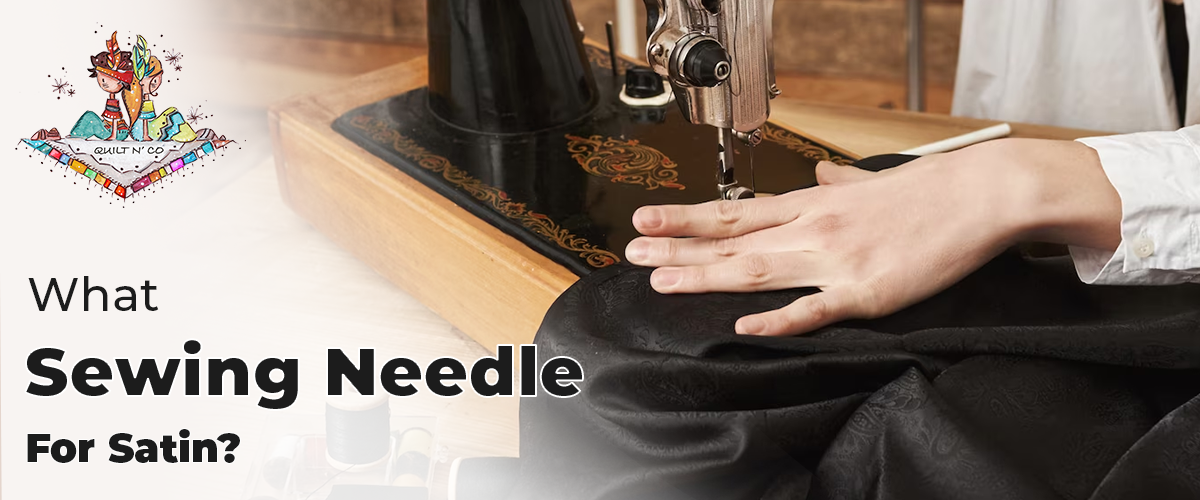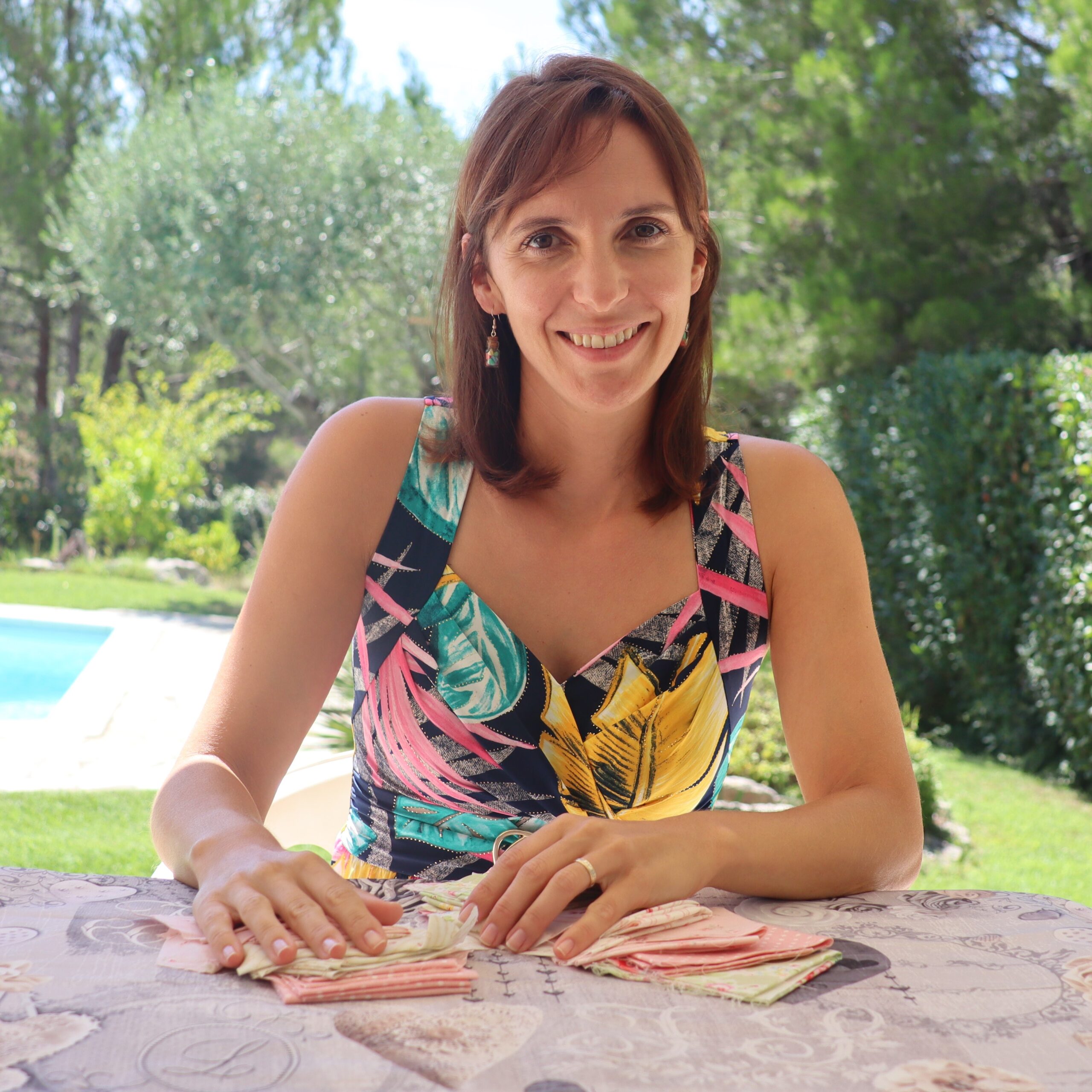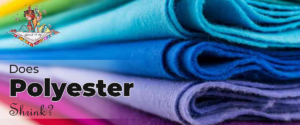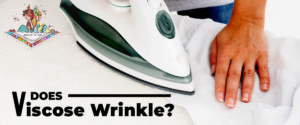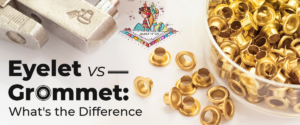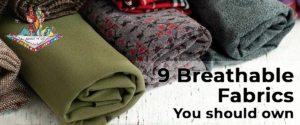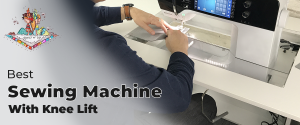Sewing satin fabric is an art that requires a special type of needle. Choosing the correct size needle is also of utmost importance; too small of a needle can cause skipped stitches while a needle that’s too large can puncture holes in the fabric.
What Sewing Needle For Satin?
The best needle for sewing satin is a sharp, fine-point needle. This type of needle is designed to penetrate the fabric without damaging the delicate fibers. It is also important to use the right size needle, as too small of a needle can cause skipped stitches, and too large a needle can create holes in the fabric.
Knowing the right needle for the job can help make sewing with satin a breeze. This article will explore what sewing needle is best for satin and how to choose the right one for the job.
What Sewing Needle For Satin?
When sewing with satin fabric, it’s important to use the right type of needle. A sharp, fine-point needle is the best choice for this type of fabric.
This type of needle is designed to go through the fabric without damaging the delicate fibers, unlike a standard needle.
It’s also important to select the right size needle. If the needle is too small, you may experience skipped stitches. If it’s too large, it can create holes in the fabric.
Different Types Of Sewing Needles For Satin
Satin is a delicate fabric, so it requires a sharp, fine-point needle to ensure the fibers don’t get damaged.
The size of the needle is also important. If the needle is too small, it can cause skipped stitches, and if it is too large, it can create holes in the fabric.
Some other types of needles that can be used on satin include ballpoint needles, stretch needles, and denim needles.
No matter what type of project you are working on, the right needle will make a huge difference. When working with satin, the right needle is key to creating a successful project.
Take the time to choose the right needle, and you’ll be sure to have a beautiful, professional outcome.
How To Choose The Right Sewing Needle For Satin?
When it comes to sewing with satin fabric, choosing the right kind of needle is essential. A sharp, fine-point needle is needed to penetrate the fabric without causing any damage. It is also important to select the right size of the needle.
Too small of a needle can lead to skipped stitches and too large of a needle can result in holes in the fabric. When selecting a needle, look for one that is specifically designed for sewing delicate fabrics like satin.
Additionally, make sure to use the sharpest needle you can find as it will create a cleaner and more precise stitch.
Finally, always test the needle on a scrap piece of fabric before sewing with it. This will help you to check the needle’s size and sharpness and make sure it is suitable for the fabric.


Benefits Of Using The Right Sewing Needle For Satin
A sharp, fine-point needle is best for achieving neat and even stitches. The needle should be small enough to penetrate the fabric without damaging it, and large enough to create strong stitches.
Satin is a delicate fabric, and using the wrong needle can cause irreparable damage. This type of needle is designed to create neat, even stitches that are strong enough to hold the fabric together.
Using the right needle can also help you save time. Skipped stitches and other imperfections can take time to fix, so it’s important to have the right needle for the job. With the right needle, you can achieve professional-looking results quickly and easily.
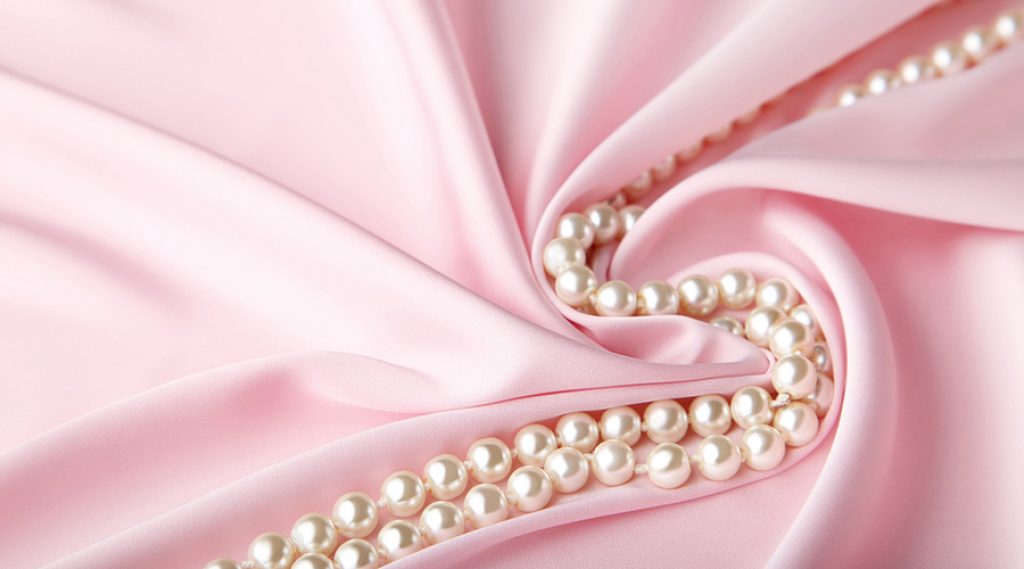
Tips For Sewing With Satin And The Right Needle
Sewing with satin can be a tricky task, but using the right needle can make all the difference. Here are a few tips for sewing with satin: First, make sure you use a sharp, fine point needle. This type of needle is designed to penetrate the fabric without causing any damage to the delicate fibers.
Second, it is important to use the right size needle. Too small of a needle can cause skipped stitches, while too large a needle can create holes in the fabric. Make sure to use the appropriate size needle for the project you are working on.
Finally, when threading the needle, use a strong and durable thread that won’t break or fray when sewing. This will ensure your stitches stay in place for a neat and professional finish.
Common Mistakes When Sewing With Satin And A Needle
Sewing with satin and a needle can be a tricky process, but with the right knowledge and preparation, it can be a fun and rewarding experience. Unfortunately, many sewers make common mistakes when sewing with satin and a needle, which can lead to ruined projects.
The most important mistake to avoid is using the wrong type of needle. Sharp, fine-point needles are best for sewing satin, as they are designed to penetrate the fabric without damaging the delicate fibers. Using the wrong size needle is another common mistake.
If the needle is too small, it can cause skipped stitches, and if it is too large, it can create holes in the fabric. It is also important to use the right type of thread. Satin thread is the best choice, as it is made from the same fibers as the fabric and will not damage the delicate material.
Additionally, it is important to use the right amount of tension when sewing. Too much tension will cause the fabric to pucker, while too little tension will cause loose and sloppy stitches.
Conclusion
The right kind of needle can make all the difference when it comes to sewing satin. A sharp, fine-point needle should be used to make sure the delicate fibers of the fabric are not damaged.
It’s also important to choose the right size needle for the job, as too small a needle can cause skipped stitches, and too large a needle can create holes in the fabric. With the right needle for the job, your project will look professional and beautiful.


